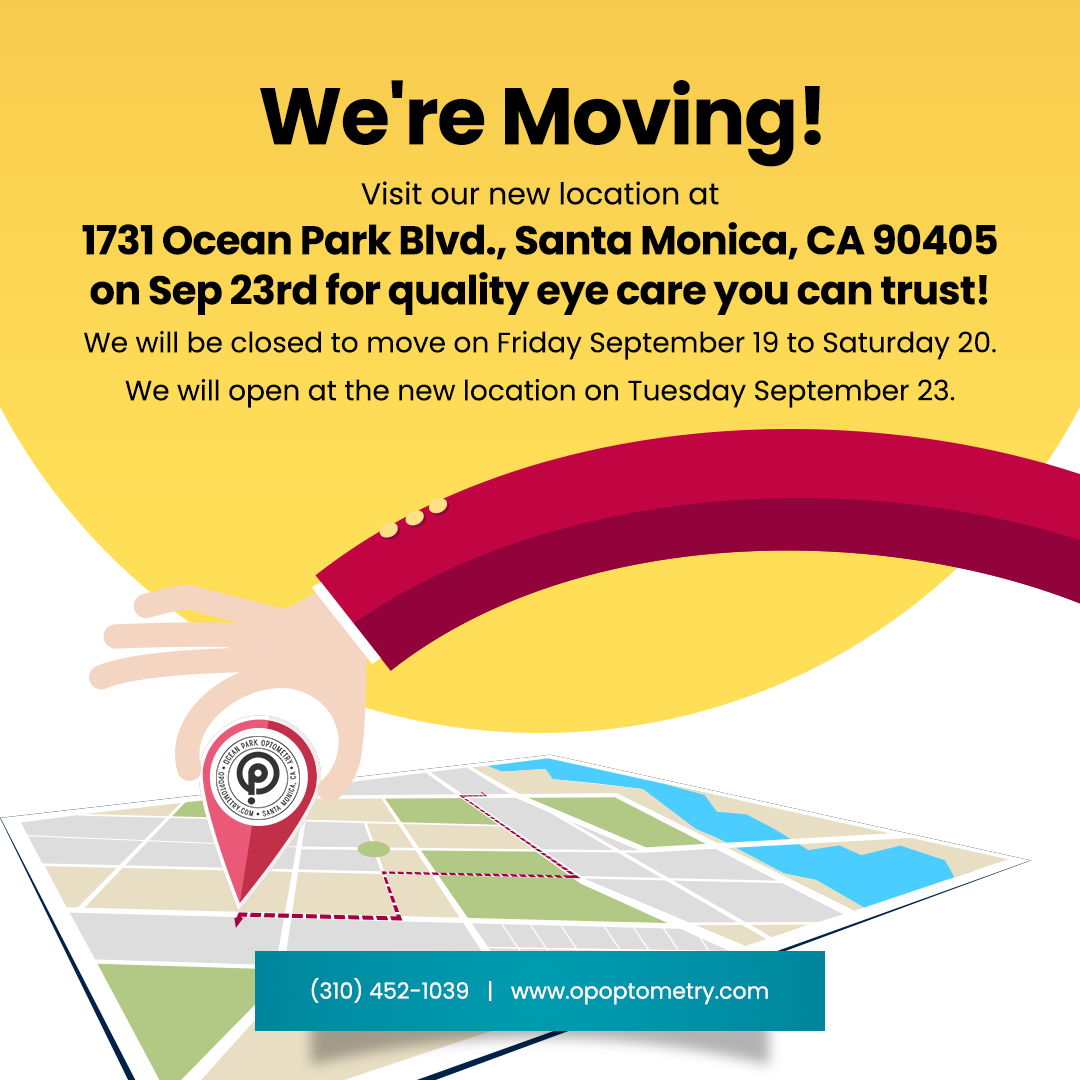Ocean Park Optometry Blog
Learn more about optometry care in our blog!
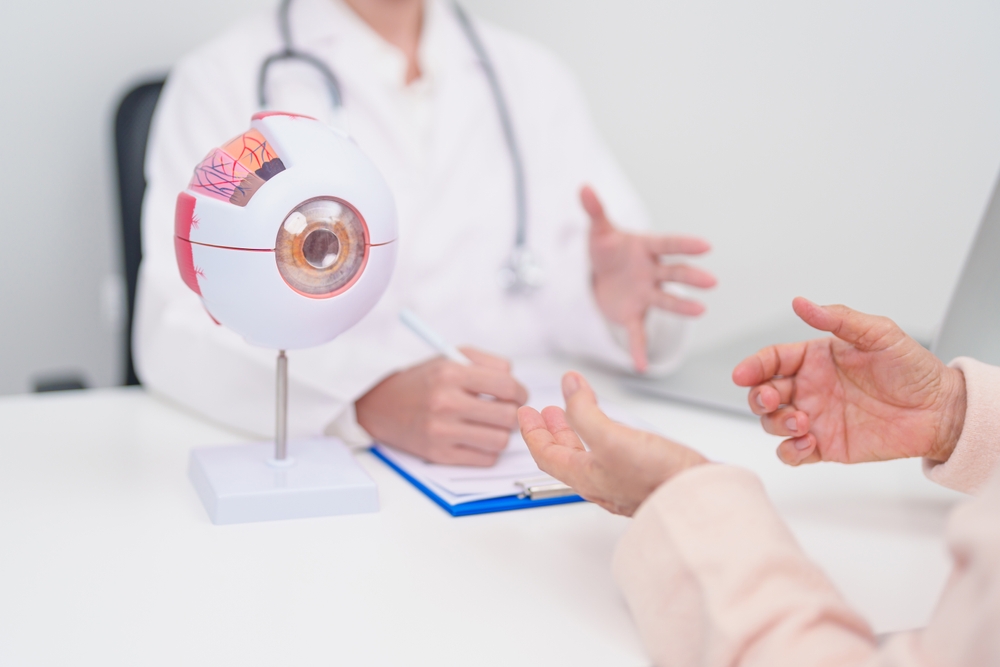
Glaucoma is one of the leading causes of irreversible vision loss worldwide, often progressing without noticeable symptoms until significant damage has occurred. Because its early stages typically go undetected, prioritizing regular medical eye exams is essential to protecting your long-term vision.
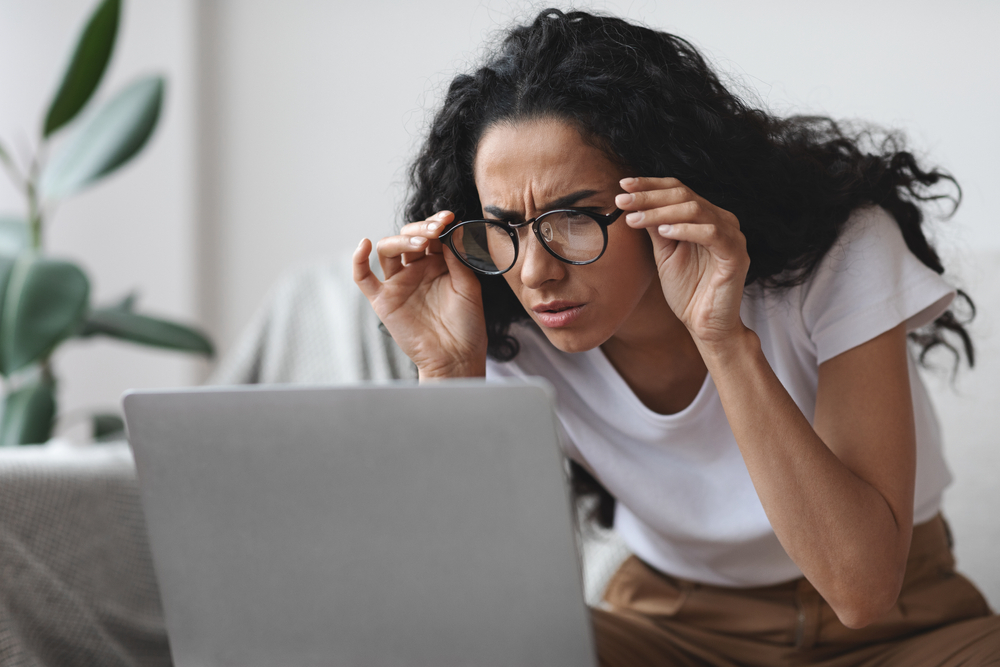
As remote work and virtual learning continue to be part of everyday life, more people are spending hours in front of computer screens. While technology keeps us connected and productive, extended screen time can take a toll on your eyes - leading to digital eye strain, headaches, blurry vision, and dry eyes.

As parents, we often focus on our child’s academic performance or extracurricular success, but healthy vision plays a crucial role in both. Since children rarely realize when something is wrong with their eyesight, it’s important for parents to recognize the early signs of vision issues.
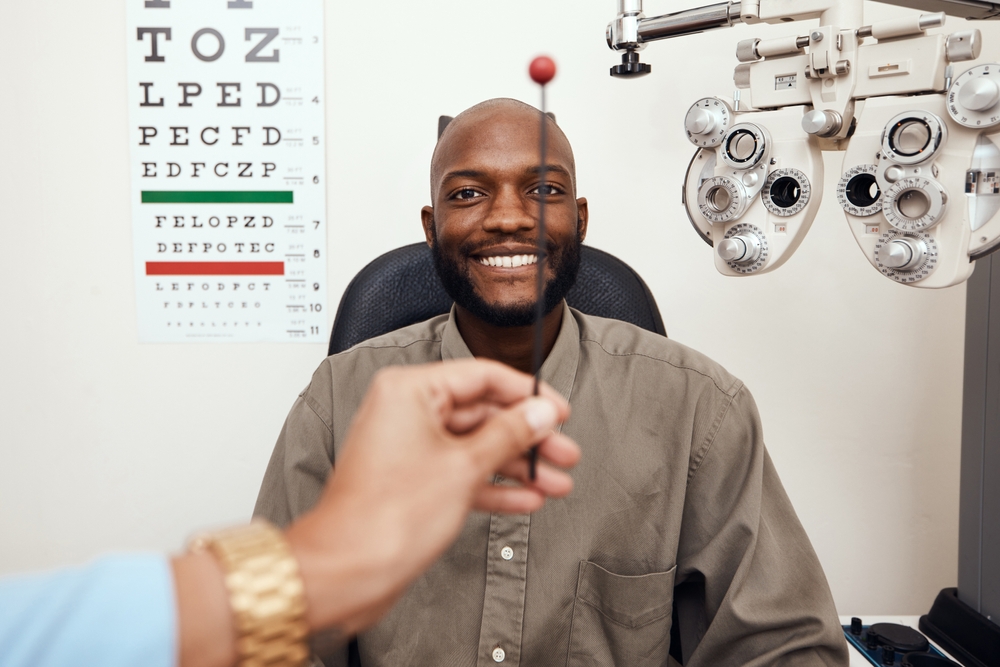
Your eyes are one of your most valuable assets, yet many people don’t realize how crucial regular medical eye exams are for maintaining healthy vision throughout life.

When it comes to helping children reach their full potential in school, parents often focus on study habits, tutoring, and classroom support. However, one of the most overlooked factors influencing a child’s academic performance is their vision. Good vision is essential for reading, writing, focusing on the board, and even participating in sports and other extracurricular activities.
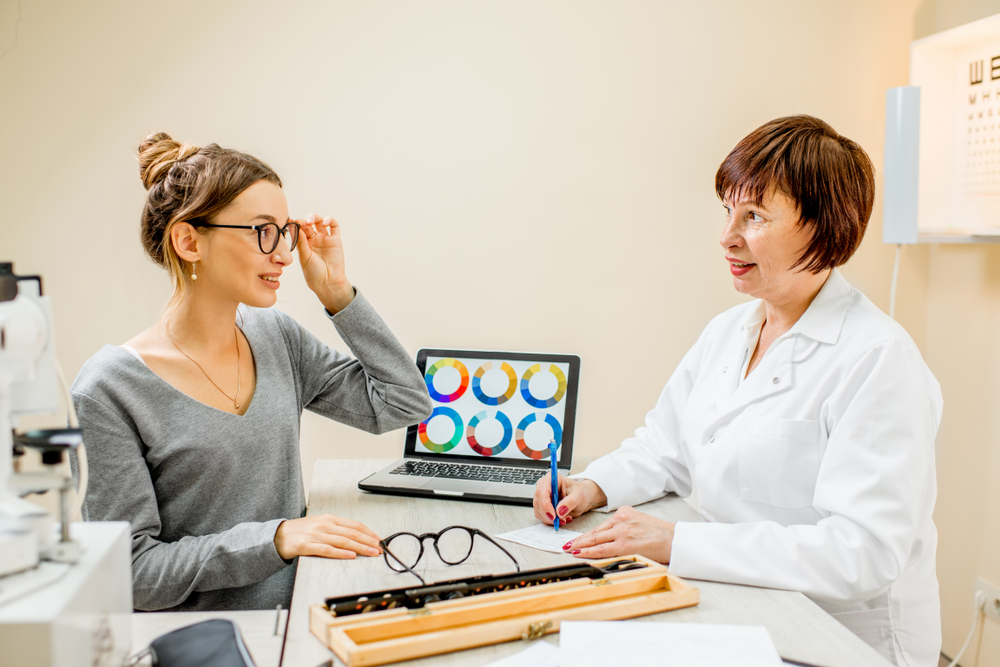
For many people, daily activities like working at a computer, scrolling on a phone, or driving can bring on frustrating symptoms such as headaches, eye strain, or neck pain. Often, these issues are linked to the way our eyes and brain work together. At Ocean Park Optometry, we offer an innovative solution called Neurolens that is designed to bring real relief and long-term comfort.
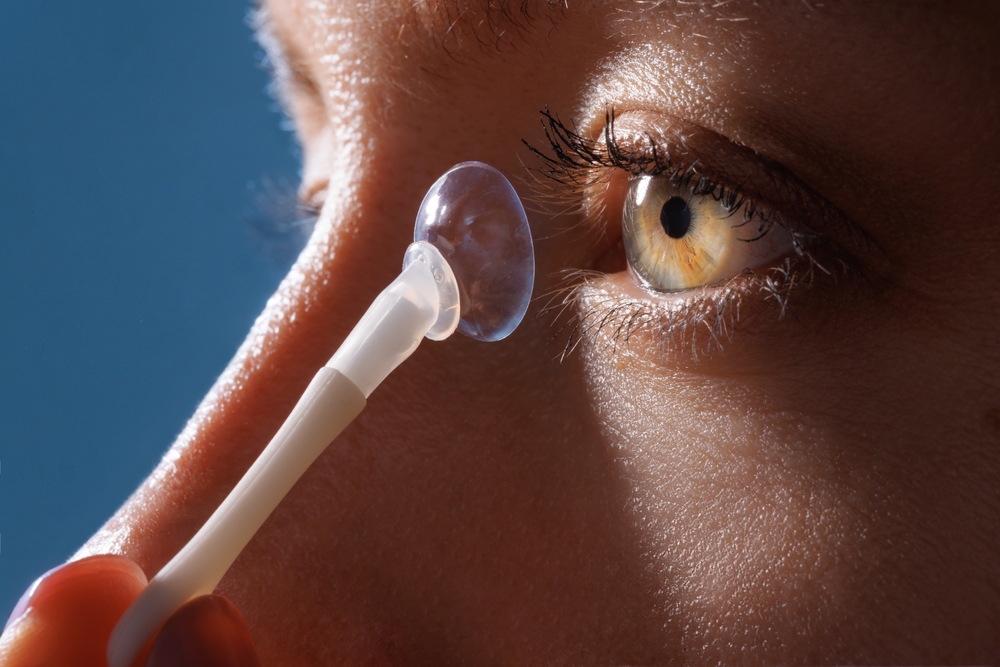
For patients with sensitive eyes, traditional contact lenses often fall short when it comes to comfort and long wear time. EyePrintPRO® is a groundbreaking scleral lens technology designed to address these challenges by offering an ultra-customized fit tailored to each individual eye.
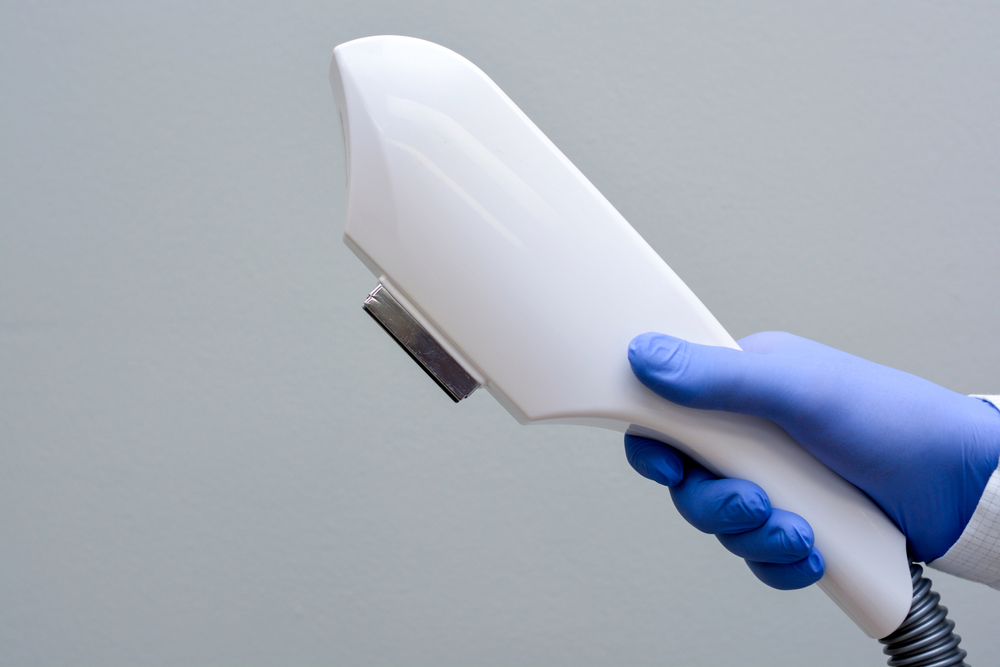
If you’re living with the burning, stinging, watering, or gritty feeling that comes with dry eye, you know how much it can affect your daily life. From difficulty working at a computer to struggling with contact lens wear, dry eye can impact your comfort and productivity. While artificial tears and prescription drops may help, these often provide only short-term relief. For patients seeking a solution that goes deeper and lasts longer, Intense Pulsed Light (IPL) therapy is emerging as a proven treatment option.
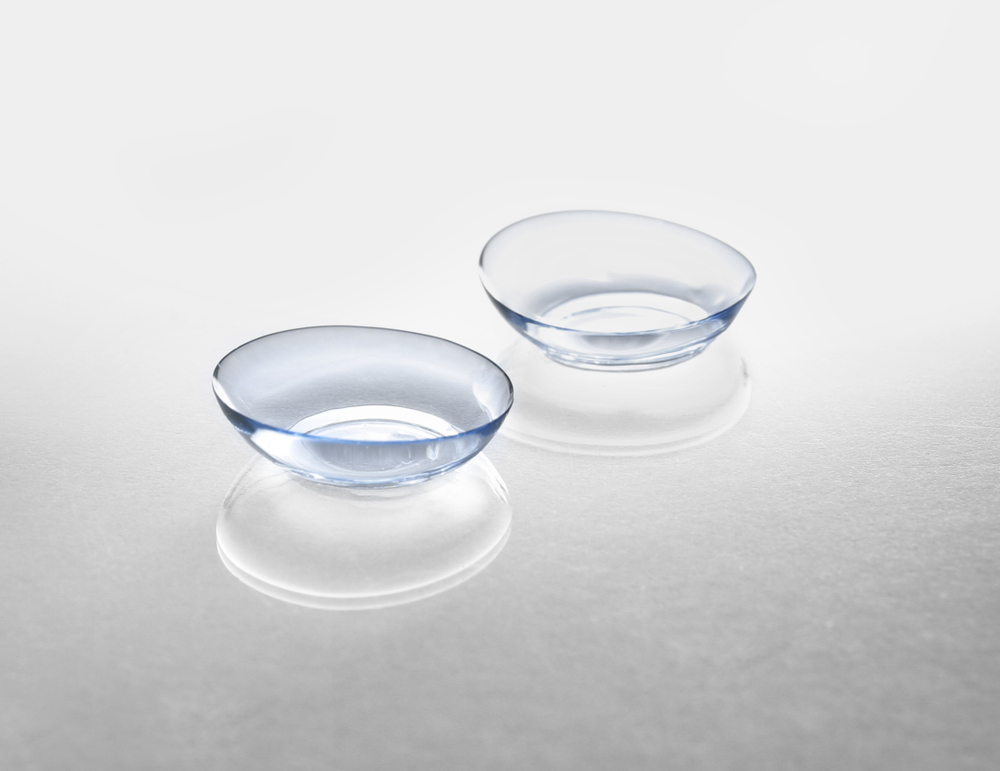
Wearing contact lenses offers freedom from glasses and crisp, clear vision - but with that freedom comes responsibility. Proper contact lens care isn’t just about keeping your lenses comfortable; it’s about protecting your eyes from serious complications. Without the right cleaning and storage habits, contact lenses can harbor bacteria, cause infections, or even damage your cornea.
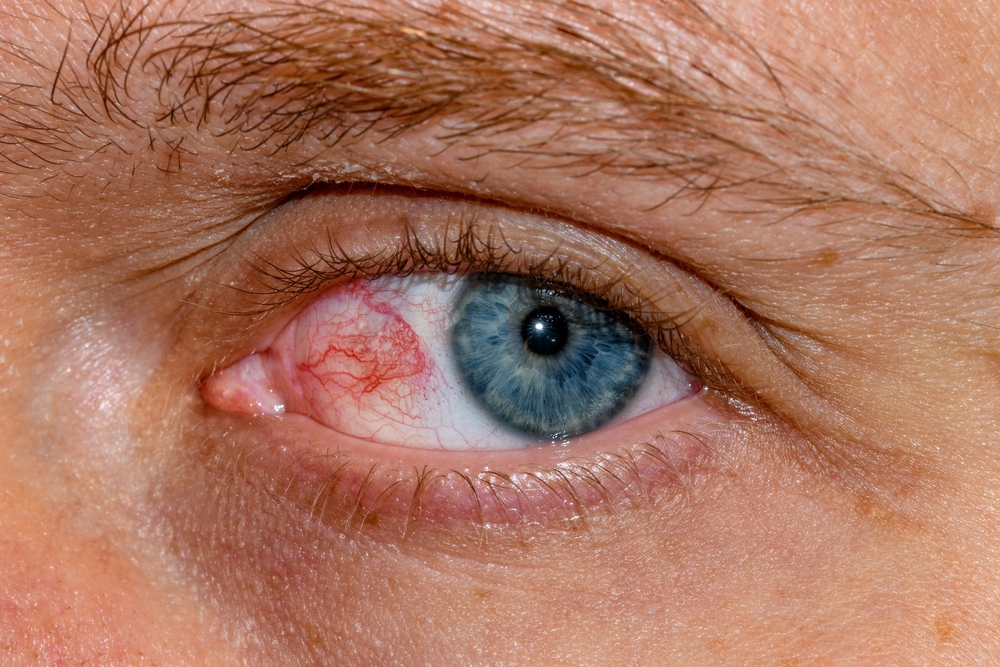
Experiencing redness or pain in one eye can be uncomfortable and even alarming. While sometimes these symptoms result from something minor, they can also indicate a more serious underlying condition. Understanding the potential causes and knowing when to seek professional care is key to protecting your eye health.












